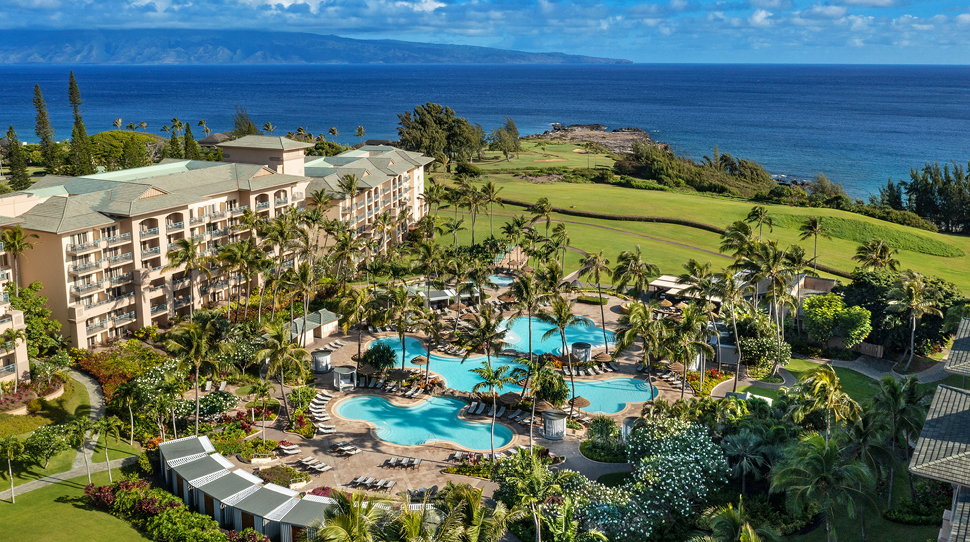

Before August 2023, whenever the quaint Maui town of Lahaina came up in conversation, discussions likely centered around a fun night on Front Street or a whale sighting at the beach. But after devastating wind-driven fires ravaged the area, the narrative changed. Stories were now accompanied by tears. The world was heartbroken. Our thoughts were with families we’ve never met. More than 100 people lost their lives and $5.5 billion in damage was done.
There was an incredible outpouring of love from the mainland and around the world. But there was some mixed messaging communicated back. How bad was the damage? Did locals want the outside help? When would visitors be welcomed back? Would residents even want them back? Depending on the news outlet, the answers were different by the day.
“The biggest message is that Maui needs support now more than ever,” says Lei-Ann Field, public relations director for the Hawaiian Visitors & Convention Bureau.
But the islands don’t just want anyone’s money. Much like other parts of the globe, inconsiderate visitors have taken their toll on the local ecosystem. If you’re a responsible traveler, Field speaks for the state when she says you’re welcome to return: “It’s basic human decency. Picking up after yourself, staying on the trail. It’s about culture, history and taking a general interest in things. Look beyond just dropping by the beach. Get a little bit deeper.”
Rebuilding efforts are ongoing. Though serious issues surrounding food accessibility and air quality persist, when we visited in the spring, we saw construction trucks and heard the humming of tools. The other thing we noticed was all the “open” signs. Be it a gas station with cars filling up or a restaurant with a packed patio, Lahaina was far from shuttered.
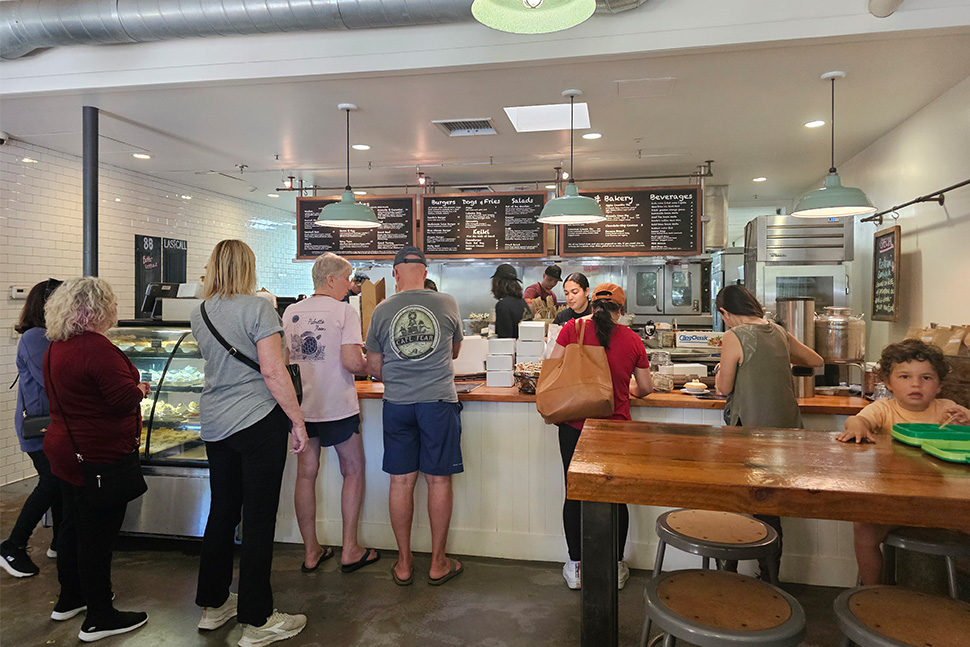
What becomes clear after a few days around Hawaii is that the disaster hasn’t only affected Lahaina; harder times have hit elsewhere. We spoke with locals from all walks of life and they echo the same words: traffic has not been the same. That sentiment is backed by the state’s Department of Business, Economic Development and Tourism’s most recent March statistics, where it’s reported that the total number of visitors to the Hawaiian Islands in the first quarter of 2024 was 2,391,496 compared to 2,446,331 in 2023 (a 2.2% decline). Total spending was off 2.7% as well. Those numbers might seem modest, but they translate to hundreds of millions of dollars of lost income.
But it’s not too late to help. If you were putting off that romantic Hawaii trip you’ve been dreaming about for years, delay it no longer. Still trying to figure out what you’re doing with the family for the Fourth of July or Labor Day break? The island paradise would love to have you. In fact, there’s so much going on right now with the island’s hospitality scene, from the hotels to the haute cuisine, that we’d argue that now is the best time for a Hawaiian holiday.
The Flights
Though six airlines regularly fly from the mainland to the Hawaiian Islands, United not only offers more flights to Hawaii than any other carrier from the continental United States, it also employs more than 1,000 people who call the state home. Flying to Hawaii for more than 75 years, the company remains committed to the state.
“We evacuated more than 11,000 people from Maui [after the fires],” says Lori Augustine, vice president of United’s San Francisco hub. “We sent over 24,000 pounds of food and supplies to the area. The culture of our airline allows us really to be able to do these kinds of things.”
And months later, support is still strong. Travelers seated in the United Plus premium cabin on Hawaii flights receive amenity kits done with a local touch. “Christie Shinn is the artist who produced [the packaging],” Augustine says. “And Leala Humbert is also a female business owner who runs Ua Body skincare brand. She did the hand cream, the face mist and the lip balm for us. We’re really excited about being able to support those two local business owners. The skin care product is cool because all of the ingredients are from the native island, it’s natural and it’s packaged sustainably.”
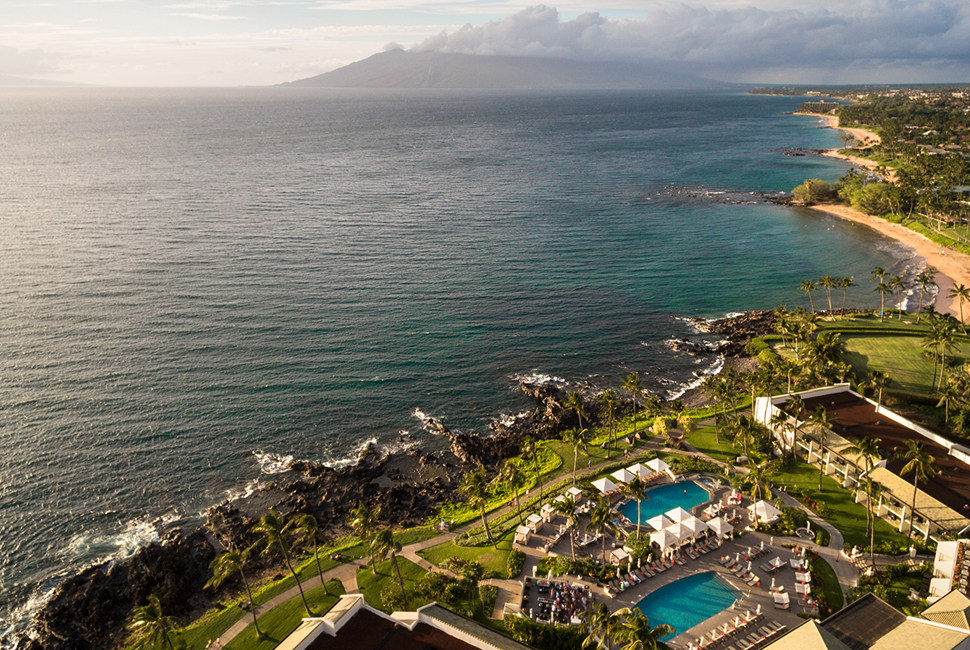
The Hotels
Properties along the Hawaiian coast don’t have to innovate or renovate to lure guests. Azure waters and magazine-cover beaches do most of the heavy lifting. But high-end hotels aren’t resting on their lavish laurels. Forbes Travel Guide Four-Star The Ritz-Carlton Maui, Kapalua’s 466 rooms and suites have a timeless elegance about them — hardwood floors, powder areas and Diptyque toiletries — but that hasn’t stopped the resort’s activity calendar from remaining robust. One day it’s a hula lesson and lei-making class and the next it’s an enlightening fitness hike where you can see the effects that sign-ignoring visitors are having on the dunes with their feet.
No matter what your itinerary looks like, we strongly suggest meeting once at 6 a.m. with Ritz-Carlton cultural ambassador Wilmont Kahaialii for Hi’uwai, Aloha Protocol. According to Kahaialii, this traditional sunrise service consisting of Ocean Cleanse, Breath of Life and Shine Your Light ceremonies allows you to wash away any negative energies and get re-centered with nature. You’ll feel something during the 60-minute ritual — whether that something is a deep spiritual message from the kupuna (ancestors) or merely the cool morning water tingling between your toes all depends on you.
Forbes Travel Guide Recommended Wailea Beach Resort – Marriott, Maui, just under 40 miles from the Ritz-Carlton, is another island icon. But you’d never know this was Wailea’s first resort, what with subtly modern décor and USB outlets all over the place. Sundeck Garden Oasis rooms are a recent addition, spoiling guests with spacious accommodations that have a fire pit area and a beautiful lanai with an outdoor tub and shower.
Another fresh amenity to Wailea Beach Resort is Olakino, an adults-only wellness enclave in the middle of the property. The sun-kissed space has an infinity pool, a live DJ, food samples (sushi with guava garlic salt? Yes, please) and more. Grab a day pass for the perfect private escape.
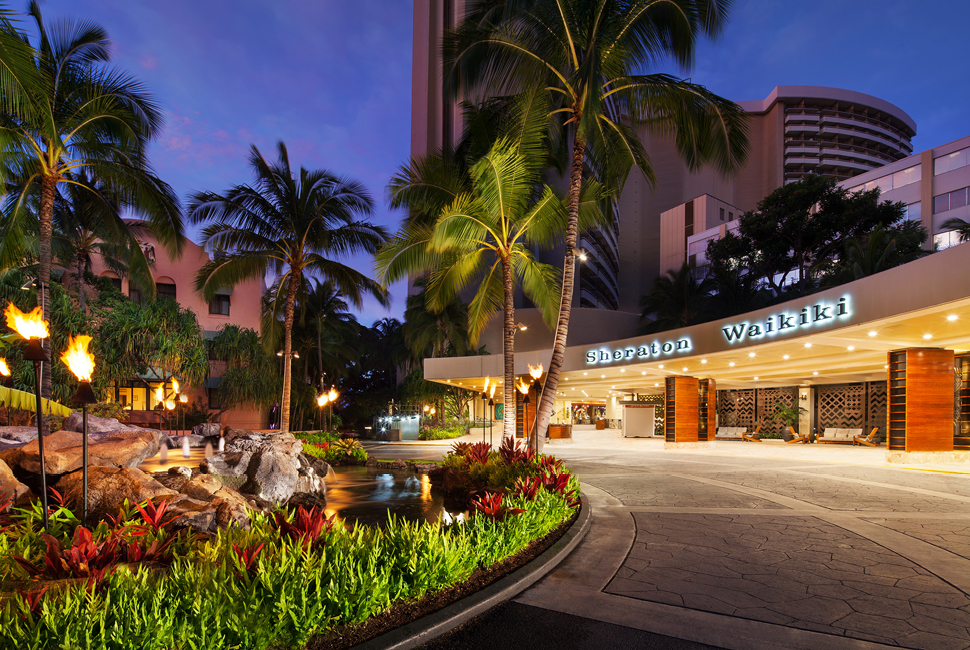
Not to be outdone by all that’s offered on tranquil Maui, hotels in livelier Oahu are appealing in their own way. Sheraton Waikiki Beach Resort has a massive footprint — 1,636 rooms and suites across 31 stories — yet it somehow still remembers the small things: gorgeous views (depending on your room, you can see Waikiki Beach, Diamond Head or the city), a great location (a short walk from bustling Kalākaua Avenue) and good food (Kai Market’s blueberry pancakes are a trip highlight).
Next door to Sheraton Waikiki sits the iconic Royal Hawaiian, A Luxury Collection Resort, Waikiki. The air of opulence at this address has as much to do with the head-turning pink hues adorning the walls as it does the intoxicating signature floral scent wafting through the halls.
Moana Surfrider, A Westin Resort & Spa, Waikiki Beach is another longtime charmer that has a small history museum on the second floor; a spectacular restaurant, Beachhouse at the Moana, in the rear; and a nightly Michael Jackson-fueled dance party in the front lobby.
You won’t find quite the same all-out revelry at The Laylow, Autograph Collection, but the coastal-chic property does know how to cut loose, which is evident by the way the open-air lanai next to the coffeeshop converts to a space with live music or a DJ set every night.
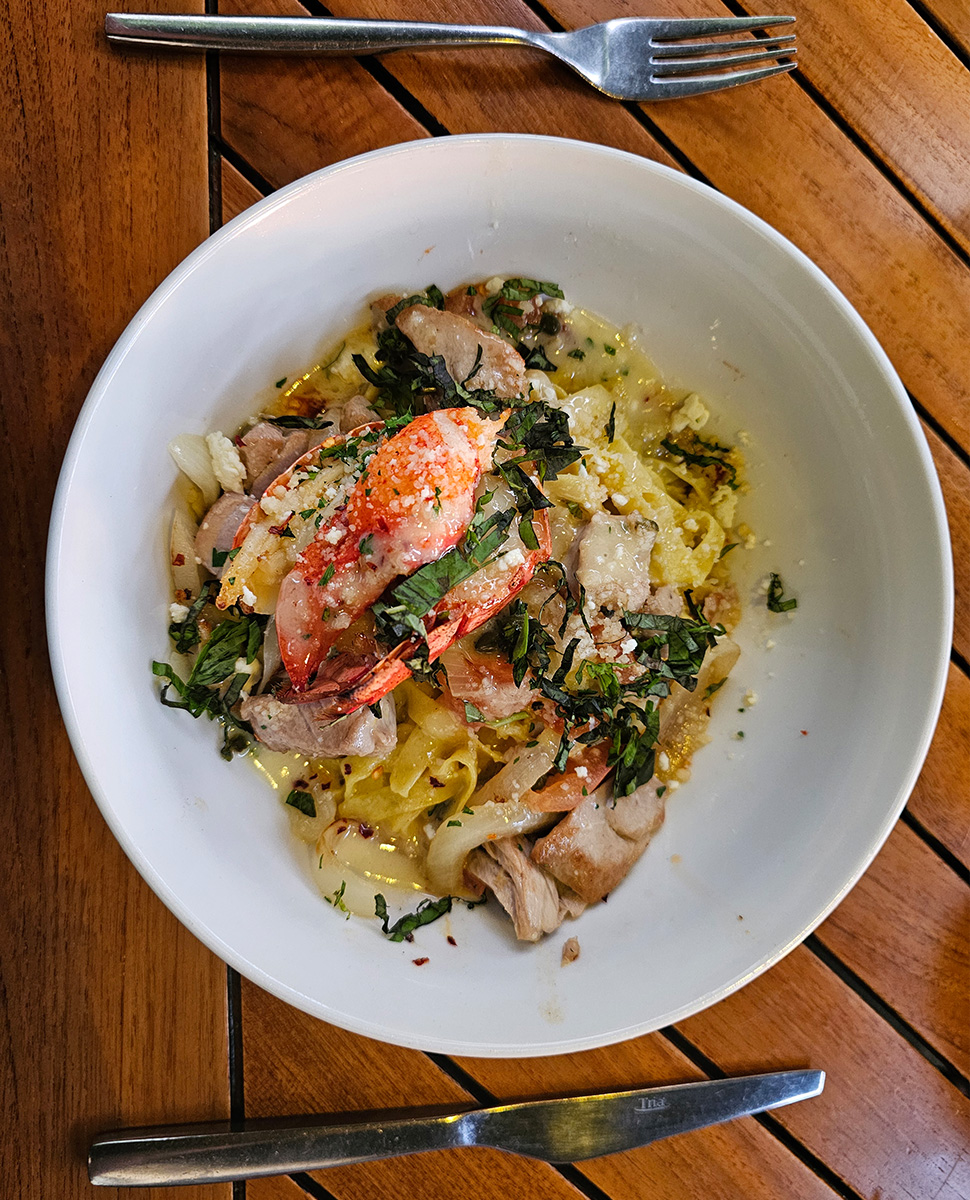
The Food
The restaurant scene around the state is thriving. You have classics (Lahaina’s Leoda’s Kitchen and Pie Shop) and newbies (Honolulu’s Nami Kaze) battling relentlessly for your taste buds’ attention. One of the chefs bridging this gap is Peter Merriman, proprietor of Merriman’s Hawaii restaurant group and a pioneer of regional island cuisine. The toque opened his first restaurant, Merriman’s, back in 1988. Today you can hardly go 50 miles in any direction without encountering Monkeypod or another Merriman-backed kitchen with an emphasis on locally sourced vegetables and sustainably caught meats.
“I came here for fun and ended up staying 40 years,” Merriman says. The Pittsburgh native’s latest venture is the January 2024-opened Ulu Kitchen at recently renovated The Westin Maui Resort & Spa, Ka’anapali. A stunning, breeze-filled eatery right along the sand, Ulu Kitchen offers a menu filled with creative takes on breakfast (the hydroponic greens- and champagne vinaigrette-topped Farmer’s Benedict) and fresh catches (lobster ravioli, Dungeness crab cakes) at lunch and dinner.
Other onsite restaurants are doing some amazing things in the kitchen as well. Back at The Ritz-Carlton Maui, Kapalua, signature establishment Banyan Tree is a revelation where nearly every bite is brilliant, from the ishiyaki wagyu starter you prepare over a hot stone to a flavor-packed seafood curry main you’ll contemplate smuggling back in your carry-on.
Wailea Beach Resort has two Roy Yamaguchi-led restaurants, Whale’s Tale coffeehouse and even its own luau five nights a week. Still, the property’s crown culinary achievement may be with its private dining. Organize an evening with the culinary team on the sand or one of the over-the-pool cabanas, ensuring a magical, coursed-out meal of fresh salad, pastas and proteins, all done with Hawaiian flavor.
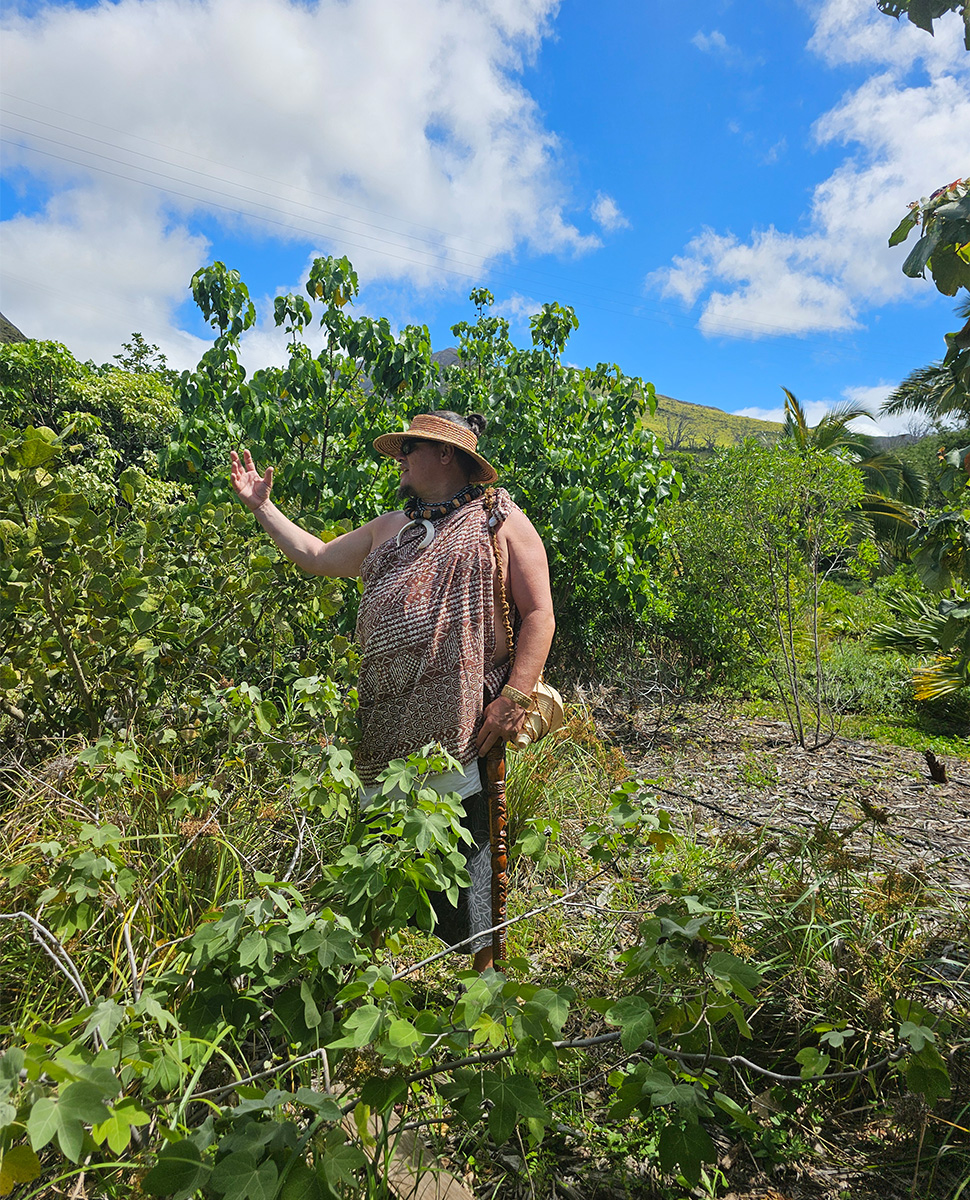
The People
On the one hand, the stories you’ve heard about area hotels transforming into shelters for displaced Lahaina residents are heart-wrenching. But on the other, they offer further proof of Hawaii’s unspoken communal spirit. Of the eight executives at the aforementioned Westin Maui, six lost their homes to the fire. During our March 2024 visit, we were told that 40 to 50 families were still living at the hotel.
“My shoulder had too many tears on it,” recalls Westin Maui manager Selawe Tau, who, as fate would have it, started his position the day the Lahaina tragedy struck. Tau speaks with passion when recalling the immediate days after the fire and the traumatic months of recovery since. “We need people to come and celebrate their honeymoons,” he adds. “It’s not even a want; it’s a need.”
The most obvious way to help is by bringing your travel dollars to the state. Hotels, restaurants and that mom-and-pop outrigger canoe company need your business. At the same time, some resorts are using alternative methods to generate income. At Sheraton Maui Resort & Spa, when you make a $100 donation to the Maui Imua fund, you’ll receive a special lei from designer Danielle Kincaid. All proceeds go directly to resort associates impacted by the fires.
Another way to show your support is by volunteering your time with organizations such as Kipuka Olowalu, a group focused on strengthening the relationship between humans and the environment, specifically Maui’s Olowalu valley. The team organizes four-hour sessions for individuals and groups that don’t mind getting dirty for the greater good. After a prayer, you head out to plant, weed and repair on the grounds. Hawaiian culture is more than surfing and tourism, and grassroots organizations like Kipuka Olowalu are loudly proving it.
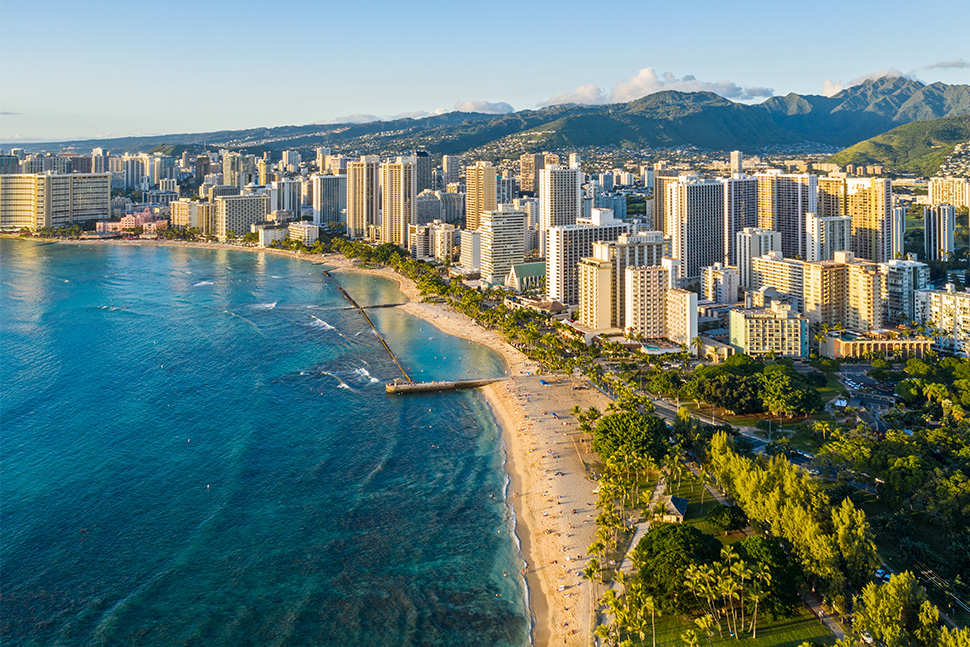
The Events
Even though times are challenging, there are plenty of reasons to smile. The world’s largest celebration of indigenous Pacific Islanders, the Festival of Pacific Arts & Culture (FestPAC), is happening in Honolulu this summer (June 6 through 16) for the first time since Guam hosted it in 2016. Imagine the world’s fair mixed with a business summit and the Olympics, you’ll begin to get a sense of the event’s magnitude.
“We have a focus on uplifting indigenous Pacific cultures,” says Pua Sterling, FestPAC program director. “The festival itself is over 50 years old. The festival was steeped in elders coming together from these indigenous nations to really look towards the future. If they didn’t do anything to mitigate a loss of identity, then future generations in the Pacific would be in dire straits. We’re talking a loss of language, a loss of interest in indigenous practices.”
For the 2024 festivities, elaborate dance performances, art demonstrations, fashion shows, a marketplace and much more are planned at the Hawaii Convention Center and other venues around town. There’s even a Summer Games-style open and closing ceremony. Events are complimentary and open to anyone interested in learning more about Pacific Island people and culture.
